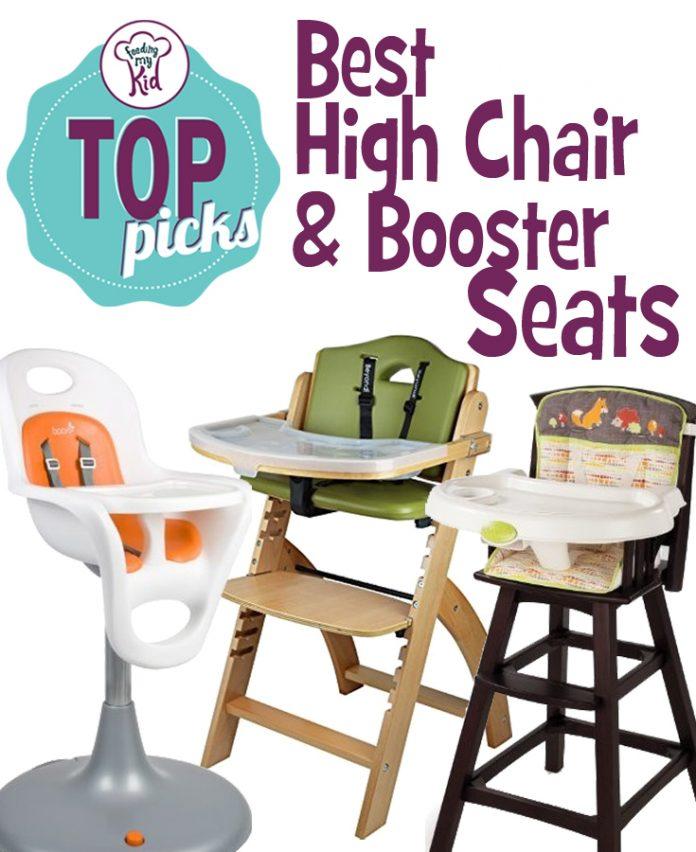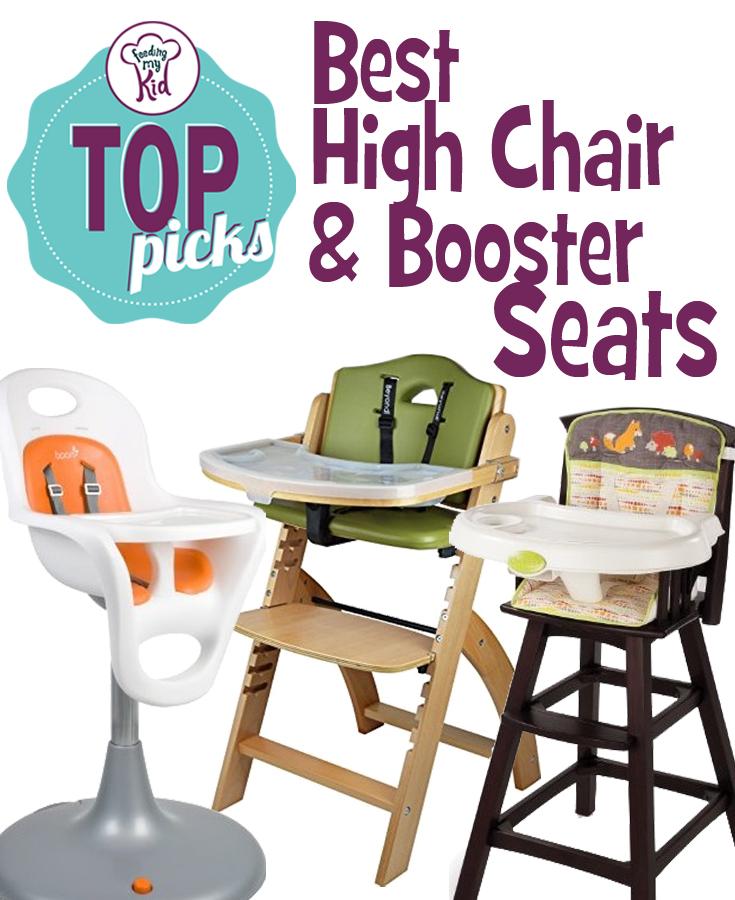
Find the Best High Chair for Your Baby
Posture is Everything When Introducing Solid Foods to a Baby. Find out why.
Buying a high chair for your baby can be a daunting task. There are so many varieties, styles, and prices. They swing from reasonable to I could have bought my first car for that much.
So how does a new parent decide? Let’s us help by breaking down what is truly important in picking a high chair. After you check off the most important needs then you can find the style that fits your family.
See all the recommendations below.
You can find a chair that is versatile and can last a number of years from first foods through the preschool years.
Check out our Ultimate Guide to Introducing Baby Foods. It covers everything!
Here are very important requirements to look out for when considering a high chair.
Posture is Very Important
The top thing you should be looking for is to make sure the high chairs supports the 90/90 degree rule. The child should be sitting upright in the chair, which will give you a 90-degree angle from their back to their legs. The feet should be completely supported and resting flat, causing the knees to be at a 90-degree angle (1). Do not pick a chair where your child’s feet dangle. This makes children more uncomfortable when they eat and less likely to sit in a chair for as long as your family meal lasts. If you do purchase a chair without a footrest, try to find a way to support your child’s feet. Or if your child’s feet do not touch the footrest, get creative and add support.
Other Reasons Why Posture is Important
- Improves digestion
- Comfort encourages a child to try new foods
- Allows for improved hand-mouth coordination
- Encourages mealtime enjoyment and socialization
Sitting at the Table: Finding a Chair that Fits
There are tremendous benefits to finding a high chair that is the same size as the table your family will eat at. We highly recommend your baby “sit” at the table just like everyone else in your family.
Mealtimes are a time to model eating behavior. This is where your little one will see the whole family enjoying a nice meal and socializing. Remember, you are helping your child build eating habits that will last a lifetime (3).
We recommend high chairs that you can pull up right to your table so your baby can start sitting at the table from day one. You can use some of the chairs featured below until the child is 5 years old.
Check out our list of recommended high chairs:
Stokke Tripp Trapp High Chair
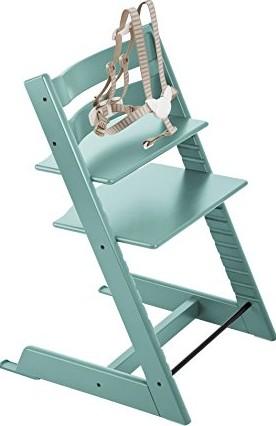 Get the Stokke Tripp Trapp High Chair on Amazon for $249.00
Get the Stokke Tripp Trapp High Chair on Amazon for $249.00
Hauck Beta High Chair
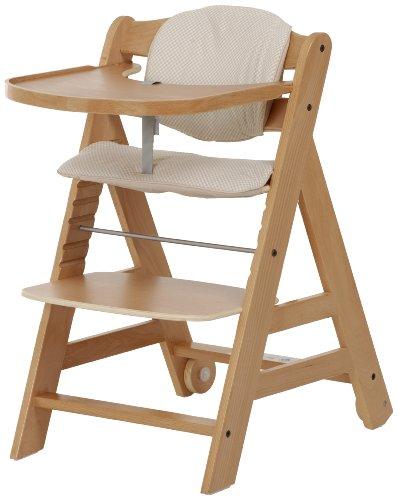
Get the Hauck Beta High Chair on Amazon for $134.10
OXO Tot Sprout Chair
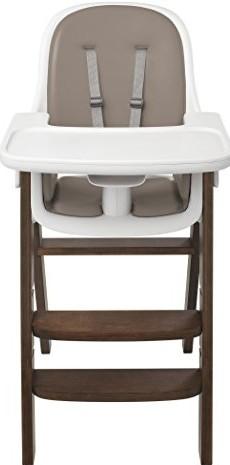
Get the OXO Tot Sprout Chairon on Amazon for $249.99
Boon Flair Pedestal Highchair with Pneumatic Lift
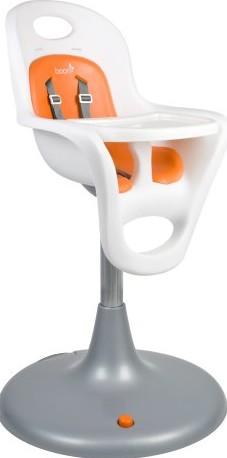
Get the Boon Flair Pedestal Highchair with Pneumatic Lift on Amazon for $174.59
Keekaroo Height Right Kids High Chair
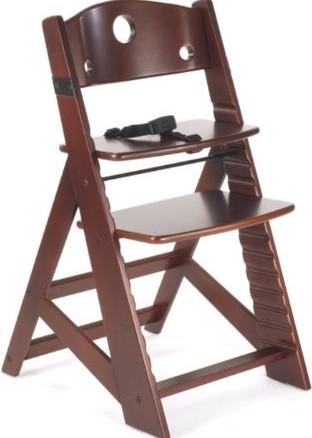
Get the Keekaroo Height Right Kids High Chair on Amazon for $174.95
Hauck Alpha Chair
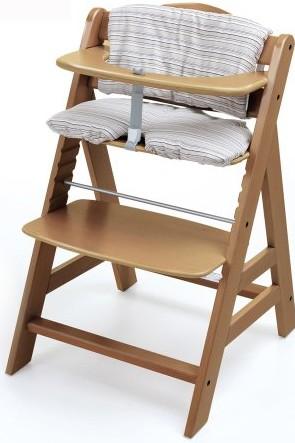
Get the Hauck Alpha Chair on Amazon for $116.13
Abiie Beyond Wooden High Chair with Tray
Get the Abiie Beyond Wooden High Chair with Tray on Amazon for $189.00
Portable High Chair + Toddler Safety Harness + Shopping Cart Safety Strap
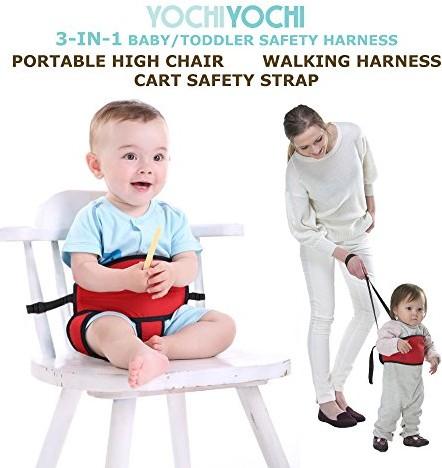
Get the Portable High Chair + Toddler Safety Harness + Shopping Cart Safety Strap on Amazon for $26.99
Summer Infant Classic Comfort Wood High Chair
Get the Summer Infant Classic Comfort Wood High Chair on Amazon for $102.99
Phil & Teds Lobster Highchair
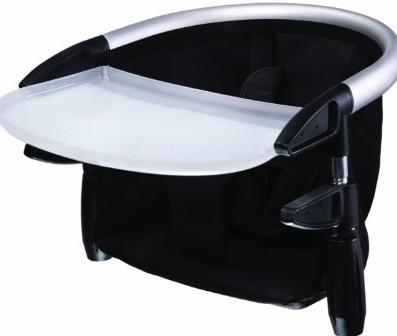
Get the Phil & Teds Lobster Highchair on Amazon for $79.00
Fisher-Price Deluxe Booster Seat

Get the Fisher-Price Deluxe Booster Seat on Amazon for $29.44
Baby’s Journey Babysitter High Chair Pad
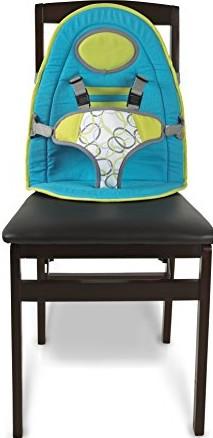
Get the Baby’s Journey Babysitter High Chair Pad on Amazon for $24.99
Find all of these High Chairs plus many more at the Feeding My Kid’s Amazon Store.
Sources:
1) Ideal sitting posture for eating requires the hips, knees, and feet to be at 90 degrees with weight evenly distributed (Hall, 2001; Johnson & Scott, 1993).
2) Osborne,PT M.S., PCS, Pricilla. “Physical Therapy.” Olin College. Physical Therapy. Web.
3) Rozin, P. (1996). Sociocultural influences on human food selection. In E. Capaldi (Ed.), Why we eat what we eat: The psychology of eating. (pp. 233-263). Washington D.C.: American Psychological Association.

